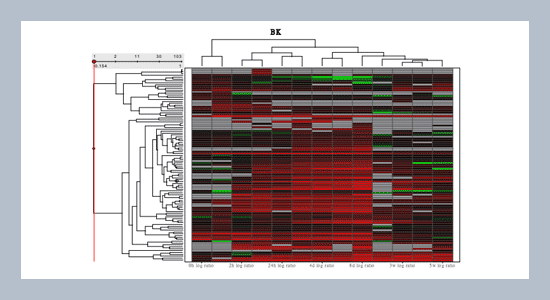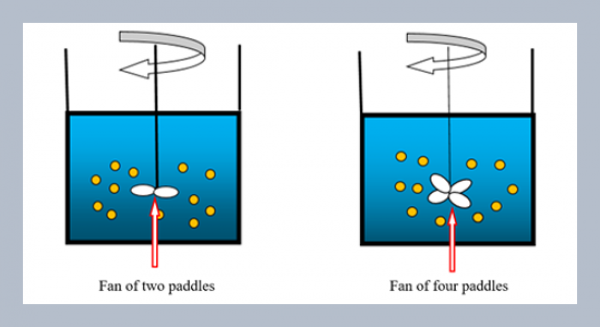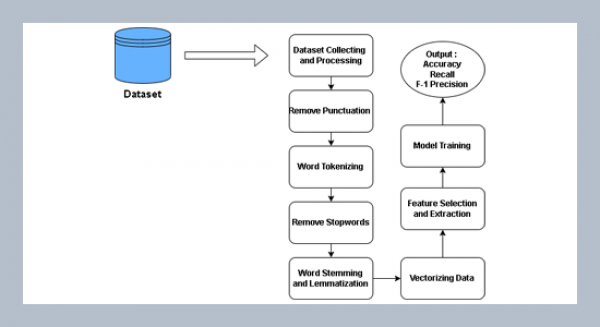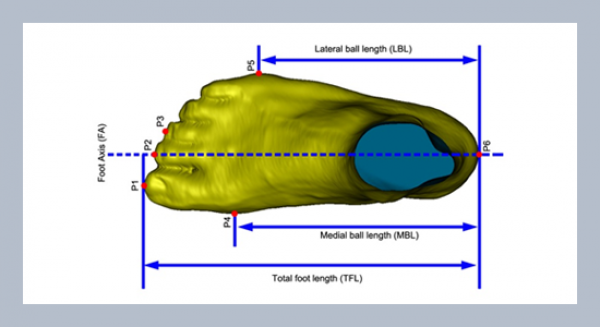REFERENCES
- [1] Aoyagi, H., Kobayashi, Y., Yamada, K., Yokoyama, M., Kusakari, K. and Tanaka, H. 2001. Efficient production of saikosaponins in Bupleurum falcatum root fragments combined with signal transducers. Applied Microbiology and Biotechnology, 57, 4: 482-488.
- [2] Arimura, G., Ozawa, R., Shimoda, T., Nishioka, T., Boland, W. and Takabayashi, J. 2000. Herbivory-induced volatiles elicit defence genes in lima bean leaves. Nature, 406, 6795: 512-515.
- [3] Bermejo Benito, P., Abad Martinez, M.-J., Silvan Sen, A.-M., Sanz Gomez, A., Fernandez Matellano, L., Sanchez Contreras, S. and Diaz Lanza, A. M. 1998. In vivo and in vitro antiinflammatory activity of saikosaponins. Life Sciences, 63, 13: 1147-1156.
- [4] Chang, S., Puryear, J. and Cairney, J. 1993. A simple and efficient method for isolating RNA from pine trees. Plant Molecular Biology, 11: 693-699.
- [5] Chartrain, M., Salmon, P.-M., Robinson, D.-K. and Buckland, B.-C. 2000. Metabolic engineering and directed evolution for the production of pharmaceuticals. Current Opinion in Biotechnology, 11, 2: 209-214.
- [6] Cheong, J.-J. and Yang, D.-C. 2003. Methyl jasmonate as a vital substance in plants. Trends in Genetics, 19, 7: 409-413.
- [7] Chiang, L.-C., Ng, L.-T., Liu, L.-T., Shieh, D.-E. and Lin, C.-C. 2003. Cytotoxicity and anti-hepatitis B virus activities of saikosaponins from Bupleurum species. Planta Medica, 69, 8: 705-709.
- [8] Creelman, R.-A. and Mullet, J.-E. 1997. Biosynthesis and action of jasmonates in plants. Annual Review of Plant Physiology and Plant Molecular Biology, 48: 355-381.
- [9] Eulgem T., Rushton P.-J., Robatzek S. and Somssich, I.-E. 2000. The WRKY superfamily of plant transcription factors. Trends in Plant Science, 5, 199-206.
- [10] Gamborg, O.-L., Miller, R.-A. and Ojima, K. 1968. Nutrient requirement suspension cultures of soybean root cells. Experimental Cell Research, 50: 151-158.
- [11] Gundlach, H., Muller, M.-J., Kutchan, T.-M. and Zenk, M.-H. 1992. Jasmonic acid is a signal transducer in elicitor-induced plant cell cultures. Proceedings of the National Academy of Sciences of the United States of America, 89, 6: 2389-2393.
- [12] Harborne, J.-B. 1991. ''Classes and functions of secondary products''. Brown, D. E. (Eds.), Chemicals from Plants, Perspectives on Secondary Plant Products, Imperial College Press: 1-25.
- [13] Hayashi, H., Huang, P. and Inoue, K. 2003. Up-regulation of soyasaponin biosynthesis by methyl jasmonate in cultured cells of Glycyrrhiza glabra. Plant and Cell Physiology, 44, 4: 404-411.
- [14] Hsu, Y.-L., Kuo, P.-L., Chiang, L.-C. and Lin, C.-C. 2004. Involvement of p53, nuclear factor kappaB and Fas/Fas ligand in induction of apoptosis and cell cycle arrest by saikosaponin d in human hepatoma cell lines. Cancer Letters, 213, 2: 213-221.
- [15] Hutchinson, C.-R. 1994. Drug synthesis by genetically engineered microorganisms. Bio/Technology, 12, 4: 375-380.
- [16] Kessler, A., Halitschke, R. and Baldwin, I.-T. 2004. Silencing the jasmonate cascade: induced plant defenses and insect populations. Science, 305, 5684: 665-668.
- [17] Lee, M.-H., Jeong, J.-H., Seo, J.-W., Shin, C.-G., Kim, Y.-S., In, J.-G., Yang, D.-C., Yi, J.-S. and Choi, Y.-E. 2004. Enhanced triterpene and phytosterol biosynthesis in Panax ginseng overexpressing squalene synthase gene. Plant Cell Physiology, 45, 976-984.
- [18] Lin, C.-C., Chiu, H.-F., Yen, M.-H., Wu, C.-C. and Chen, M.-F. 1990. The pharmacological and pathological studies on Taiwan folk medicine (III): The effects of Bupleurum kaoi and cultivated B. falcatum var. komarowi. The American Journal of Chinese Medicine, 18, 3-4: 105-112.
- [19] Lin, W.-Y. 2004. Identification of three Bupleurum species through a rapid detection method using the sequence-specific oligonucleotide within ribosomal DNA internal transcribed spacer as probe. Master Dissertation, National Tsing Hua University, Hsinchu, Taiwan, R.O.C.
- [20] Mussig C., Biesgen C., Lisso J., Uwer U., Weiler E.-W., and Altmann, T. 2000. novel stress-inducible 12-oxophytodienoate reductase from Arabidopsis thaliana provides a potential link between brassinosteroid-action and jasmonic-acid synthesis. Journal of Plant Physiololgy, 157: 143-152.
- [21] Navarro, P., Giner, R.-M., Recio, M.-C., Manez, S., Cerda-Nicolas, M. and Rios, J.-L. 2001. In vivo anti-inflammatory activity of saponins from Bupleurum rotundifolium. Life Sciences, 68, 10: 1199-1206.
- [22] O’Donnell, P.-J., Calvert, C., Atzorn, R., Wasternack, C., Leyser, H.-M.-O. and Bowles, D.-J. 1996. Ethylene as a signal mediating the wound response of tomato plants. Science, 274, 5294: 1914-1917.
- [23] Pare´, P.-W. and Tumlinson, J.-H. 1999. Plant volatiles as a defense against insect herbivores. Plant Physiology, 121, 2: 325-331.
- [24] Penninckx, I.-A.-M.-A., Thomma, B.-P.-H.-J., Buchala, A., Metraux, J.-P. and Broekaert, W.-F. 1998. Concomitant activation of jasmonate and ethylene response pathways is required for induction of a plant defensin gene in Arabidopsis. The Plant Cell, 10, 12: 2103-2113.
- [25] Reymond, P. and Farmer, E.-E. 1998. Jasmonate and salicylate as global signals for defense gene expression. Current Opinion in Plant Biology, 1, 5: 404-411.
- [26] Sasaki Y., Asamizu E., Shibata D., Nakamura Y., Kaneko T., Awai K., Amagai M., Kuwata, C., Tsugane T., and Masuda, T. 2001. Monitoring of methyl jasmonate-responsive genes in Arabidopsis by cDNA macroarray: self-activation of jasmonic acid biosynthesis and crosstalk with other phytohormone signalling pathways. DNA Research, 8, 153-161.
- [27] Shyu, K.-G., Tsai, S.-C., Wang, B.-W., Liu, Y.-C. and Lee, C.-C. 2004. Saikosaponin-C induces endothelial cells growth, migration and capillary tube formation. Life Sciences, 76, 7: 813-826.
- [28] Staswick, P.-E., Su, W. and Howell, S.-H. 1992. Methyl jasmonate inhibition of root growth and induction of a leaf protein are decreased in an Arabidopsis thaliana mutant. Proceedings of the National Academy of Sciences of the United States of America, 89, 15: 6837-6840.
- [29] Suzuki, H., Srinivasa Reddy, M.-S., Naoumkina, M., Aziz, N., May, G.-D., Huhman, D.-V., Sumner, L.-W., Blount, J.-W., Mendes, P. and Dixon, R.-A. 2005.Methyl jasmonate and yeast elicitor induce differential transcriptional and metabolic re-programming in cell suspension cultures of the model legume Medicago truncatula. Planta, 220, 696-707.
- [30] Thomma, B.-P.-H.-J., Eggermont, K., Tierens, K.-F.-M.-J. and Broekaert, W.-F. 1999. Requirement of functional ethylene-insensitive 2 gene for efficient resistance of Arabidopsis to infection by Botrytis cinerea. Plant Physiology, 121, 4: 1093-1101.
- [31] Vergnolle, C., Vaultier, M.-N., Taconnat, L., Renou, J.-P., Kader, J.-C., Zachowski, and Ruelland, E. 2005. The cold-induced early activation of phospholipase C and D pathways determines the response of two distinct clusters of genes in Arabidopsis cell suspensions. Plant Physiology, 139, 3: 1217-1233.
- [32] Verpoorte, R. 2000. in Metabolic Engineering of Plant Secondary Metabolism, Verpoorte, R. and Alfermann, A.W. (Eds) (Kluwer, Dordrecht, The Netherlands): 1-29.
- [33] Wasternack, C. and Hause, B. 2002. Jasmonates and octadecanoids: signals in plant stress responses and development. Progress in Nucleic Acid Research and Molecular Biology, 72: 165-221.
- [34] Weber, H., Vick, B.-A. and Farmer, E.-E. 1997. Dinor-oxo-phytodienoic acid: a new hexadecanoid signal in the jasmonate family. Proceedings of the Na-tional Academy of Sciences of the United States of America, 94, 19: 10473-10478.
- [35] Whittaker, D.-J., Smith, G.-S. and Gardner, R.-C. 1997. Expression of ethylene biosynthetic genes in Actinidia chinensis fruit. Plant Molecular Biology, 34, 1: 45-55.
- [36] Xu, Y., Chang, P.-F., Liu, D., Narasimhan, M.-L., Raghothama, K.-G., Hasegawa, P.-M. and Bressan, R.-A. 1994. Plant defense genes are synergistically induced by ethylene and methyl jasmonate. The Plant Cell, 6, 8: 1077-1085.















